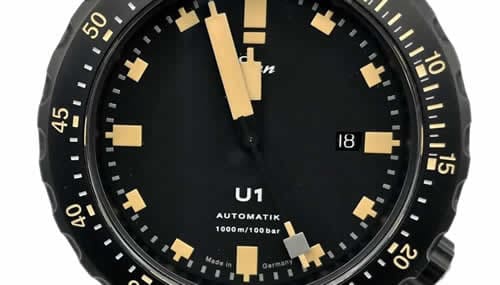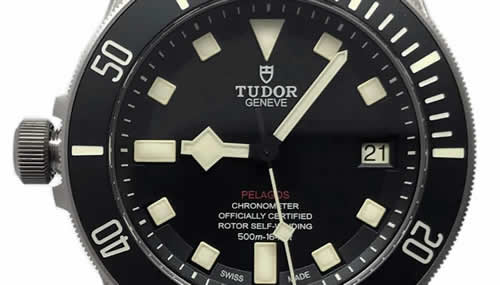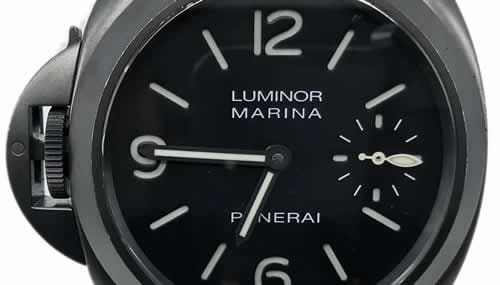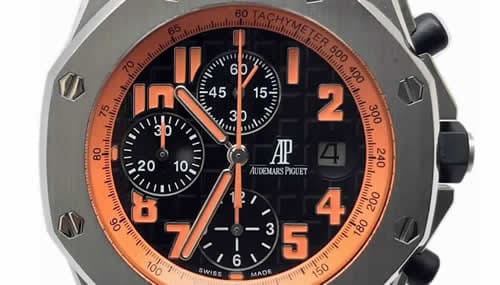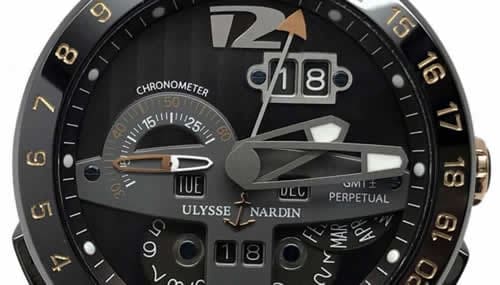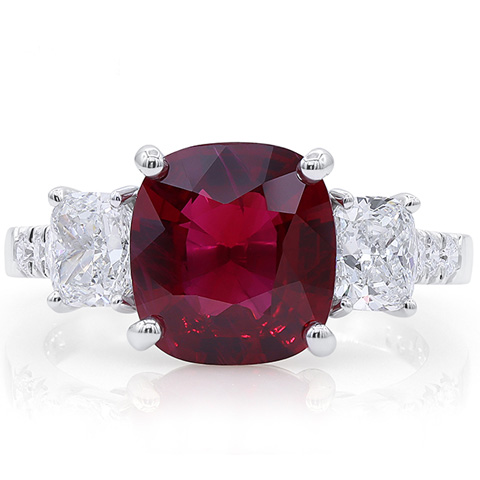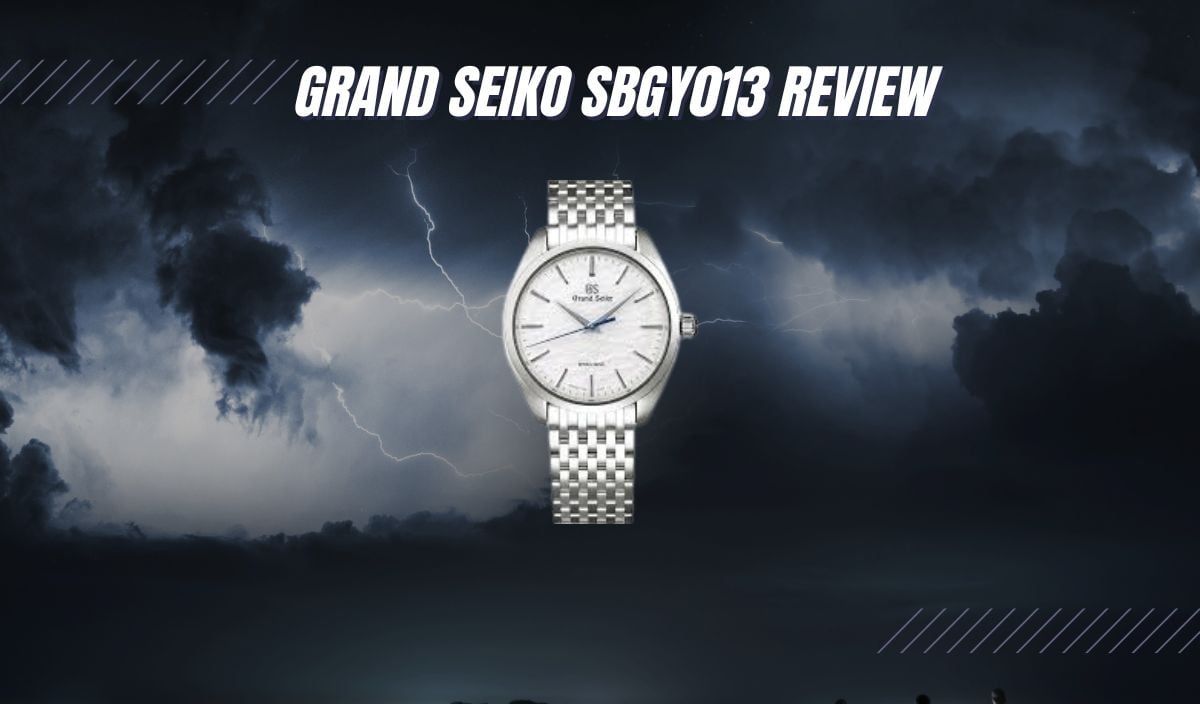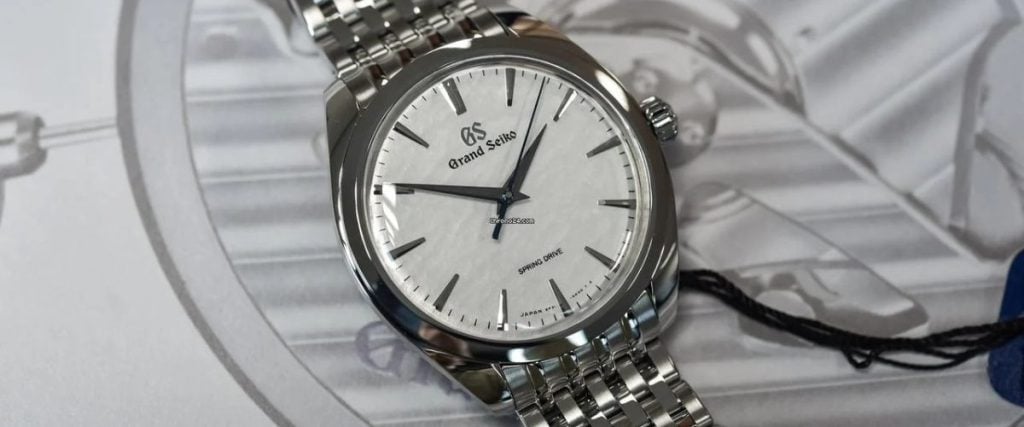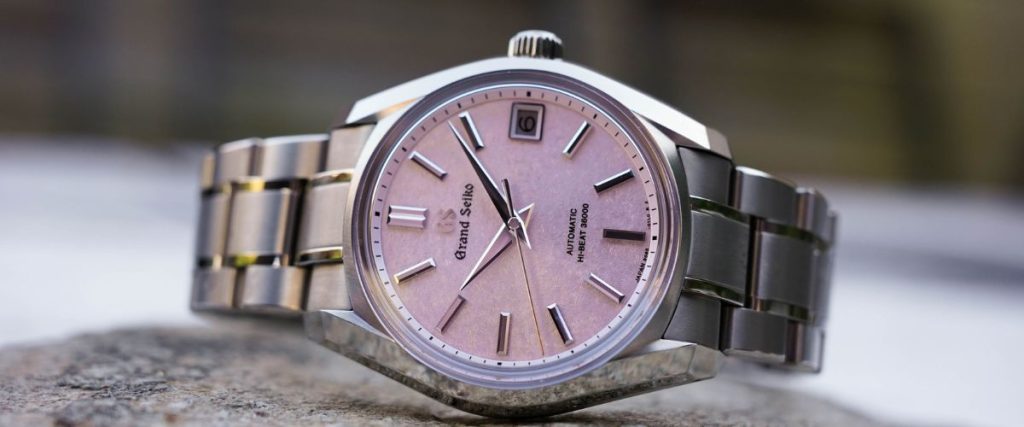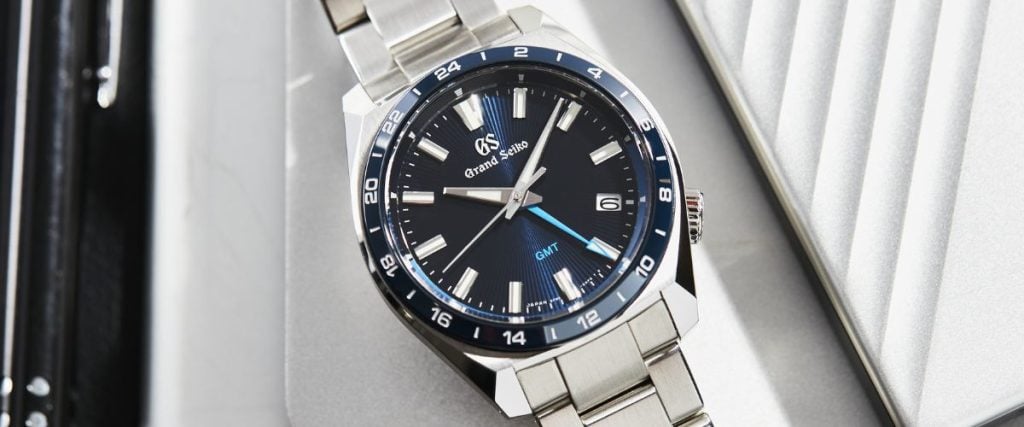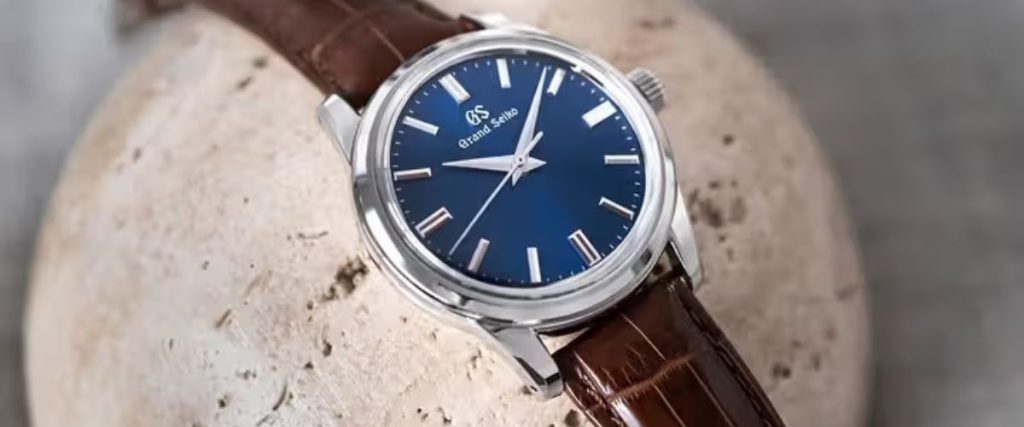
The character and culture of different nations are often on full display in the products they produce. Certainly, this is true of Japan, where companies and employees show great pride in their work and strive for the highest levels of quality and consistency. The reverence of nature that is so integral to the soul of the nation is present as well.
The Swiss have centuries of watchmaking excellence that earned their place at the top of the world of horology. But Grand Seiko more than deserves to be in the conversation. The Japanese brand consistently releases new models in new collections noted for their beauty, accuracy, and reliability. They combine the heritage of the past with the innovations of the future. Let’s take a good look at the Grand Seiko SLGA021 Lake Suwa.
History
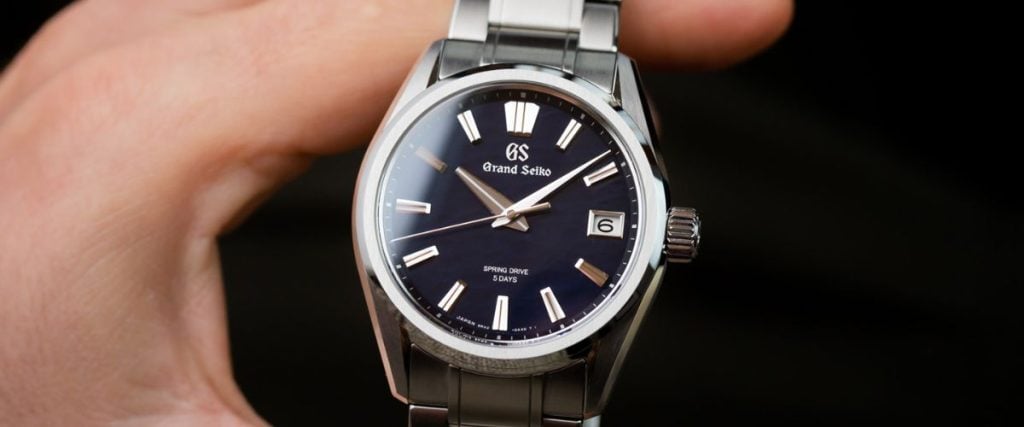
Grand Seiko never rests on its laurels, and in 2020, it released the Evolution 9 Collection. It was so named because the watches in the collection represented an evolution in aesthetics, legibility, and style. The number “9” is the highest single-digit number and represents the highest level of quality.
The timepieces in the collection include divers, chronographs, and sporty, smart casual watches. One of the best-looking, in my humble opinion, is the SLGA021. Called the Lake Suwa because the dial was inspired by the pastoral body of water that sits near Grand Seiko’s studio in Japan’s Kiso Mountains, this is a watch every lover of fine timepieces should take a good look at.
Case
The 40 mm round case is made from high-intensity stainless steel. The surfaces are mostly brushed with very little of Grand Seiko’s trademark Zaratsu polishing. This gives it a more rugged look, which I like. It’s not a blingy watch crying for attention, which gives it plenty of versatility as to what you can wear it with.
The high-intensity steel is lighter than standard stainless which makes for a very nice feel on the wrist. The diameter is right in my wheelhouse for case sizes on my average-sized 7.25-inch wrist. People with smaller wrists will be happy to know that with a 47.6 mm lug-to-lug and 11.7 mm thickness, the watch doesn’t wear big and suits a wide variety of wrist sizes. The only watch lovers who may have a problem are those with beefy wrists approaching 8 inches.
The 3-o’clock crown is a screw-down and big enough to make setting the time easy but not so big as to ruin the aesthetics. The crown and case provide 100 meters of water resistance, making it perfectly safe in the rain, and you could do some surface swimming in it. If you want to explore the depths, there are divers in the collection.
The scratch-resistance dual-curve sapphire crystal fits in with the sporty elegance of the watch and is coated with anti-reflective material on the inside to let you get a good look at the time in any lighting condition. The exhibition case back is made of the same material with the same coating, so you can enjoy viewing and showing off the movement.
Dial
If you are even a little familiar with Grand Seiko watches, you will not be surprised when I tell you that the SLGA021 dial is the star of this timepiece. The brand is truly a master when it comes to the color, texture, and response to the light of its dials.
Grand Seiko has several watches with dials that are inspired by Lake Suwa. The SLGA007 has a blue dial so designed. However, the dial on the SLGA021 is a deeper shade of blue that represents the surface of Lake Suwa just before dawn.
In most lighting situations, the blue is dark, close to navy, but when the sun or other bright light hits the dial, you get flashes of lighter blues. The color is dynamic, which makes this watch one that you will tend to look at for more than just checking the time.
As beautiful as the color is, what puts the dial over the top is the texture. The pattern looks just like lapping waves and ripples on a lake. You owe it to yourself to see the SLGA021 in person if you can. As much as I love my Omega Seamaster, its wave-engraved blue dial can’t hold a candle to Lake Suwa.
Another aspect of dials that Grand Seiko is renowned for is legibility. The indices and handset are precision-cut stainless steel with brushed surfaces that perfectly complement the case and are easy to see against the blue dial. The 12 o’clock index is a triple baton and the others double with tapering minute and hour hands and a needle second hand.
The Grand Seiko logo and name are displayed in silver at 12 o’clock and match up nicely with the hands and indices.
The minute track sits around the outer edge and is easy to read with small ticks and slightly larger squares at the five-minute marks. There is a date complication at 3 o’clock with a brushed stainless steel frame.
The number is a simple black font on a plain white background. Some people have expressed a preference for a date background that matches the dial, but remember, Grand Seiko is all about easy-to-read watches. The white complements the dial and stands out. I think they made the right choice here.
There is no lume to be found at all. Although not 100% necessary, I like a nice bright lume on my more casual watches. It’s not enough to make me not want to own and wear the SLGA021, but a little lume would have been nice.
Movement
Grand Seiko’s in-house movements are also innovative and impressive. The SLGA021 is powered by the caliber 9RA2 Spring Drive 38-jewel movement. One of Grand Seiko’s most impressive achievements is this movement, which combines the status of an automatic mechanical movement with the superior accuracy of quartz.
The movement rates +/- 0.5 seconds per day. Yes, it’s that accurate. Equally impressive is the five-day power reserve. That’s right. You can put the SLGA021 down on Monday, pick it up on Friday, and it will still be running. That is a helluva movement.
Thanks to the exhibition case back, you can take a look at the power reserve indicator on the movement. It’s nothing special, looks-wise. Stainless with the Grand Seiko logo and name in blue, along with the words “5 Days”. I do like the blue needle on the power reserve, though. It pops.
Straps
The bracelet is made from the same high-intensity stainless steel as the case and has a satin finish to match. It’s a three-link in a unique design. This is my least favorite part of the SLGA021.
It looks good enough and holds nicely on the wrist with the threefold clasp, but it doesn’t have micro-adjustments. This is a watch that could easily be a GADA, but there is no easy way to adjust the bracelet when your wrist swells and contracts.
The sizing is done with push pins rather than screws, as you would expect for a watch at this price point. The lug width is a standard 22 mm, which makes the bracelet easy to swap out. The SLGA021 looks good on pretty much any bracelet, leather, or even rubber or silicone straps. You’ve got plenty of options.
On-Wrist Experience
Thanks to the high-intensity stainless steel, the SLGA021 feels light and comfortable on the wrist. The 40 mm case and 22 mm lug width are on the large side for current Grand Seiko watches. Unless your wrist is very small, it should still look and feel good. The 11.7 mm thickness will fit under most shirt cuffs, making it a watch that can be worn by everyday wearers and work with casual to smart casual outfits.
You could wear it with a suit, but if you’re dressing to the nines, you might want to go with something dressier. The Lake Suwa is more for dressing to the sevens or less. A button-up casual or dressy shirt, polo, or sport jacket, with slacks, chinos, or jeans, will pair well with this watch for a sharp look. You could also wear it with shorts and a nice T-shirt.
Colorwise, the sky’s the limit. Dark blue is a neutral color, and so are the stainless steel surfaces. You really can wear the SLGA021 with any color you may have in your wardrobe. That’s a nice accessory to have.
My color palette is mainly black, grays, dark blues, and greens. This watch works beautifully with any of them. I don’t wear hot colors like reds or pinks, but I could see it providing a nice contrast to those.
Price & Availability
If you are intrigued and thinking about picking up one of these stunning timepieces, you can get one at a Grand Seiko boutique or from their website. An authorized dealer, such as Exquisite Timepieces, will also be able to hook you up.
If you are in the Naples, FL, area, stop by our boutique. You really should see this watch in person. Otherwise, you can order it from our website. You’ll get free domestic shipping, and as an AD, we will give you Grand Seiko’s five-year warranty.
The SLGA021 retails for $9,300, which is a good price for a quality watch from a prestigious brand. If you want to go the preowned route, you can grab one for between $6,300 and $8,500.
Conclusion
Grand Seiko has an entire catalog of watches with gorgeous dials. The SLGA021 Lake Suwa takes it up a few levels. Combined with the overall design, the super-accurate movement, and the Grand Seiko status, this is a watch any lover of horology should check out. Once you put it on, you might never take it off.



